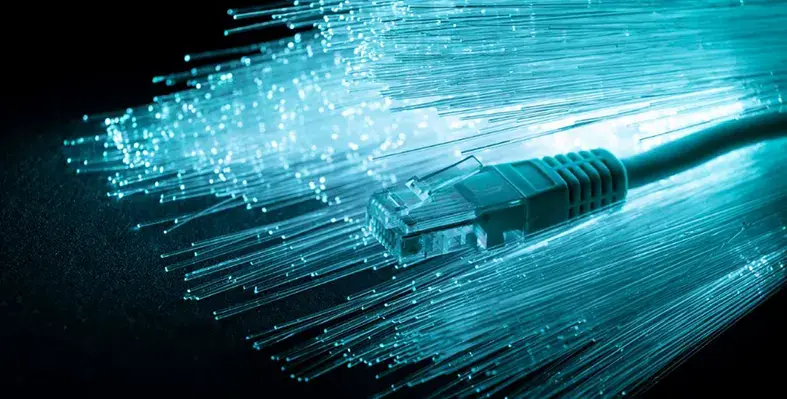Atin Chhabra, global director – digital customer experience (DCX), Schneider Electric, comments on cybersecurity in the Industrial Internet of Things (IIoT)
With the advent and growth of technology, no entity, whether an individual or an organisation, is truly safe from the disastrous impact of a successful cyber-attack or information breach.
The situation is only worsened by the IIoT, as the sheer number of these devices continues to increase with each passing year. This IIoT device revolution has seen a simultaneous increase in the cyber threat landscape due to new avenues of attack that these devices have brought about with them. Furthermore, the industrial markets have consistently found themselves as targets for potential cyber-criminals and information thieves. Some of the primary reasons attributing to this can be explained below.
Outdated and Obsolete Systems
A noteworthy component of the globe’s IT infrastructure is currently functioning on outdated software and hardware solutions. A prominent example of this is SCADA. They are essentially utilised as a platform of data collection and process automation. SCADA systems were initially designed to function internally, without keeping secure communication in mind. However, as time has progressed a significant number of vulnerabilities have come up within these systems. In most cases, these systems are not supported or updated with security applications, even if the damages they address are obvious. Developing a security patch can be a cumbersome task, since the proposed changes may result in the other components of the system to underperform or fail.
Growing Demands
It can easily be said that demand for IIoT devices greatly exceeds the demand for the security and safeguarding of these same devices. Along with the fact that the customised configuration of distinct systems can harm a facility, any disturbance in this service can have disastrous results. These consequences can impact the operational as well as financial safety of a system. To elaborate on this further, imagine trying to replace the entire foundation of a car without it impacting the functionality of other components such as the gear, steering wheel, or even the clutch.
Inadequate Standards
The sudden revolution of the IIoT has lead to an inevitable demand for security, which is earlier negligible. This has lead to an array of specific standards for cybersecurity solutions. However, enforcing these standards pervasively is close to impossible due to the diversity and uniqueness of each system and their functionality.
Sheer Popularity of IIoT
As elaborated on below, the undying thirst for operational efficiency and performance enhancement within the industry has resulted in the swift employment of new-age technologies. This makes cybersecurity an even bigger concern due to the meaningful threat introduced by the growth of the IIoT.






















